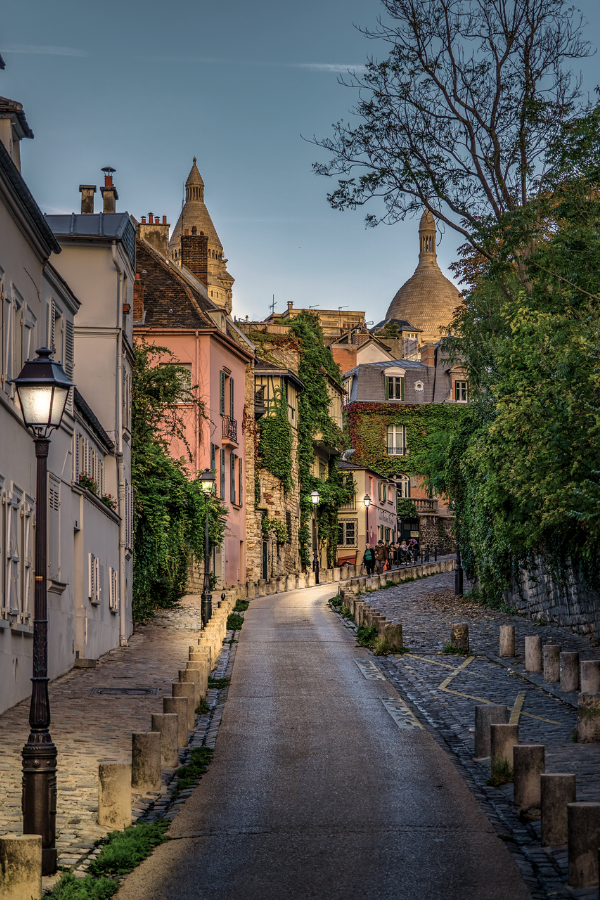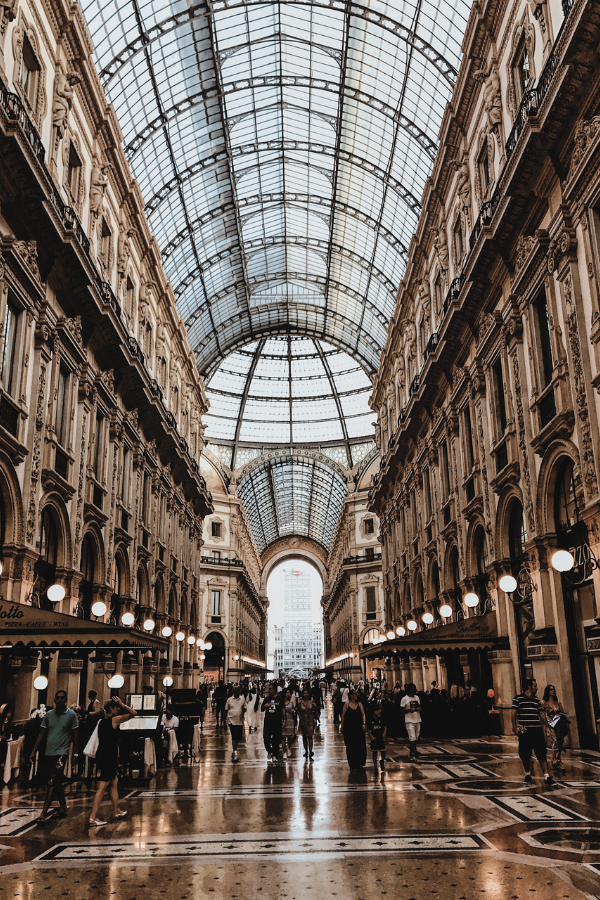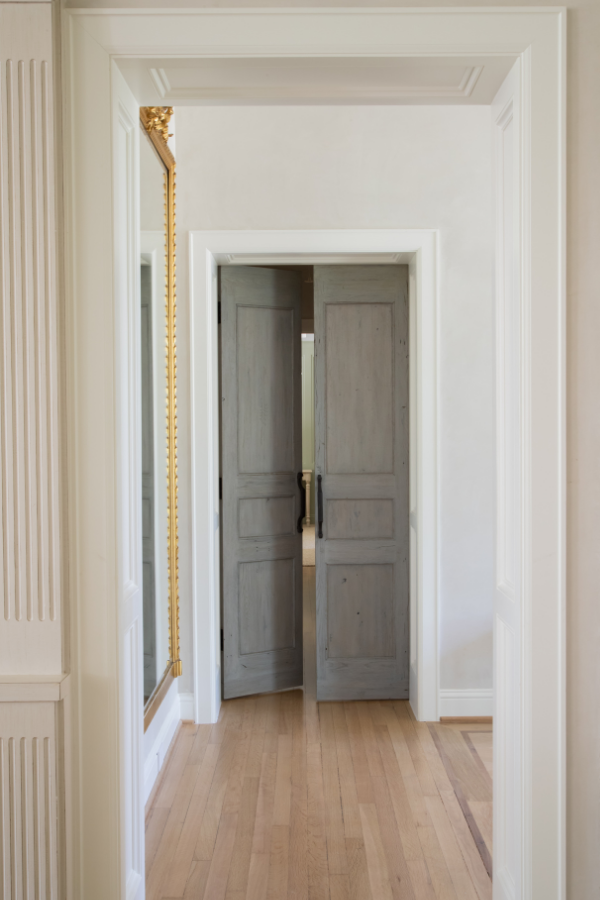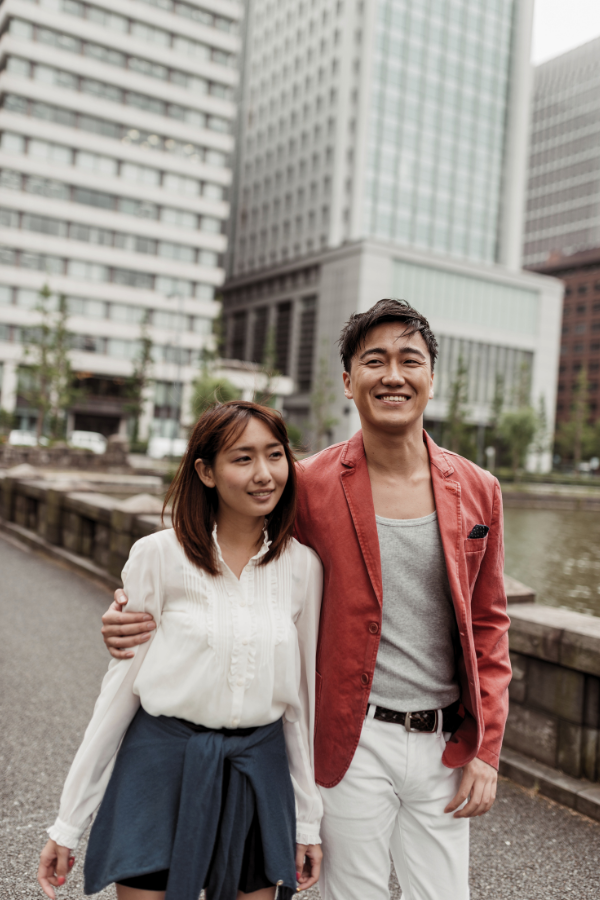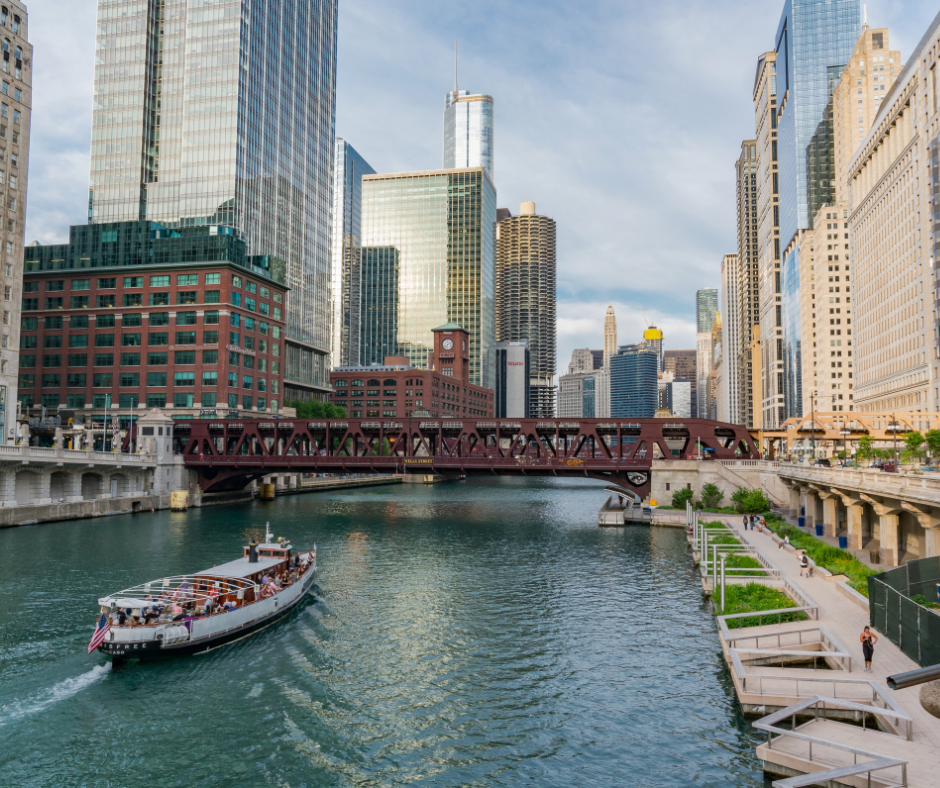
SHIFT Your Focus at the 2025 Chicago Architectural Biennial
Summary
The 2025 Chicago Architecture Biennial (CAB)—running September 19, 2025 to February 28, 2026—returns with its most urgent edition yet. Titled SHIFT: Architecture in Times of Radical Change, and led by Latina artistic director Florencia Rodriguez, this sixth edition repositions architecture as a global cultural practice capable of responding to ecological, political, and spatial crises. With contributions from nearly 100 designers and collectives from across the world, CAB 6 transforms the city into a distributed platform for installations, dialogues, and experimentation. Themes include material innovation, migration, collective housing, and design as media.
And on October 8th, DesignDash joins Design Chicago with a full-day workshop for residential designers ready to scale smart. “Build Your Dream Team” is all about reclaiming your time, defining roles, and leading a profitable, sustainable studio.
Reflection Questions
In what ways can architecture shift from reflecting systems to challenging them?
How might your design practice engage with the same urgencies—housing, migration, materials—that CAB 6 surfaces?
What would it look like to consider your own city as a site of experimentation, rather than just a setting?
Journal Prompt
Imagine you’re curating a site-specific intervention for your neighborhood, inspired by SHIFT’s themes. What story would your project tell? Who would it serve, and how would it ask people to engage with space differently?
North America’s most expansive platform for architectural ideas is back and better than ever. The sixth edition of the Chicago Architecture Biennial (CAB) runs from September 19, 2025 to February 28, 2026, across venues citywide. This year’s theme (SHIFT: Architecture in Times of Radical Change) marks both a reflection and a provocation: how does architecture respond when systems, climates, and cultures are all in motion?
Latin American Artistic Director Florencia Rodriguez, who is an architect, editor, and educator, brings a globally informed and editorially rigorous lens to this year’s program. Expect exhibitions, installations, performances, and publications that center real-world urgencies like material production, housing instability, migration patterns while exploring what spatial design can do in response.
All About the 2025 Chicago Architecture Biennial
What SHIFT Really Means
Curated by Florencia Rodriguez, the Argentine architect, editor, and educator now based in Chicago, the sixth edition of the Chicago Architecture Biennial broadens the stakes. Appointed as the Biennial’s first Latina artistic director, Rodriguez brings the intellectual depth of her editorial work and the urgency of a world in flux. Architecture, she insists, is not a neutral backdrop. It is a cultural force, shaped by and shaping how we live now.
SHIFT: Architecture in Times of Radical Change is not a metaphor. It’s a provocation. The theme confronts architecture’s entanglement with systems it can no longer ignore: collective housing, forced displacement, material production, and eroding public trust. Rodriguez’s framework resists spectacle. It’s not about novelty but necessity. Architecture must now respond, rethink, and in some cases, refuse.
Understanding the Biennial Format and Exploring Sites Across Chicago
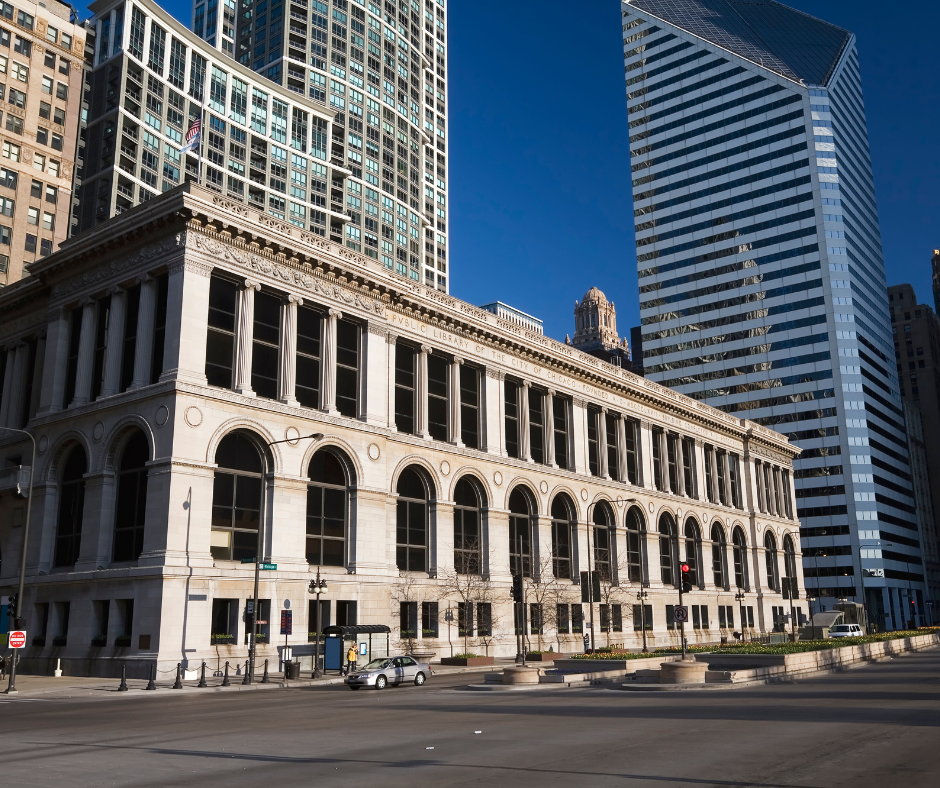
While the historic Chicago Cultural Center is still the Biennial’s organizing core, the 2025 edition sprawls deliberately outward. Each year, the Chicago Architecture Biennial announces a new space for exploration.
Installations, dialogues, and ephemeral structures will animate public schools, neighborhood parks, alternative galleries, and underutilized civic spaces. This isn’t just a logistical expansion of the fair; it’s a curatorial decision that reflects architecture’s lived presence across the city.
CAB 6 behaves less like a conventional design exhibition and more like a civic research project. Its public programs unfold in formats ranging from film and podcast to on-the-ground interventions. The result is a citywide laboratory, distributed, engaged, and resistant to containment. The built environment becomes both subject and medium.
Key Themes of Materials, Migration, Housing, Media

Rodriguez’s curatorial lens brings specificity to four major concerns: material innovation, migration, housing, and design as media.
On the materials front, participants investigate the ecological and political costs of extraction. Many projects ask: what are we building with, and who pays that price?
Housing is reimagined not as typology but as a mutable, collective infrastructure. The question isn’t whether we need more housing—it’s how we rethink collective housing so that it accommodates mobility, dignity, and permanence at once.
Migration, whether forced or chosen, threads through CAB 6 as both spatial disruption and design opportunity. Several works examine how the architecture of borders and transit centers shape our sense of home.
Finally, contemporary architecture as media takes on new meaning. Through drawings, editorial projects, and digital platforms, design is both messenger and message. It critiques, archives, and imagines in equal measure.
Fuel your creative fire & be a part of a supportive community that values how you love to live.
subscribe to our newsletter
*please check your Spam folder for the latest DesignDash Magazine issue immediately after subscription
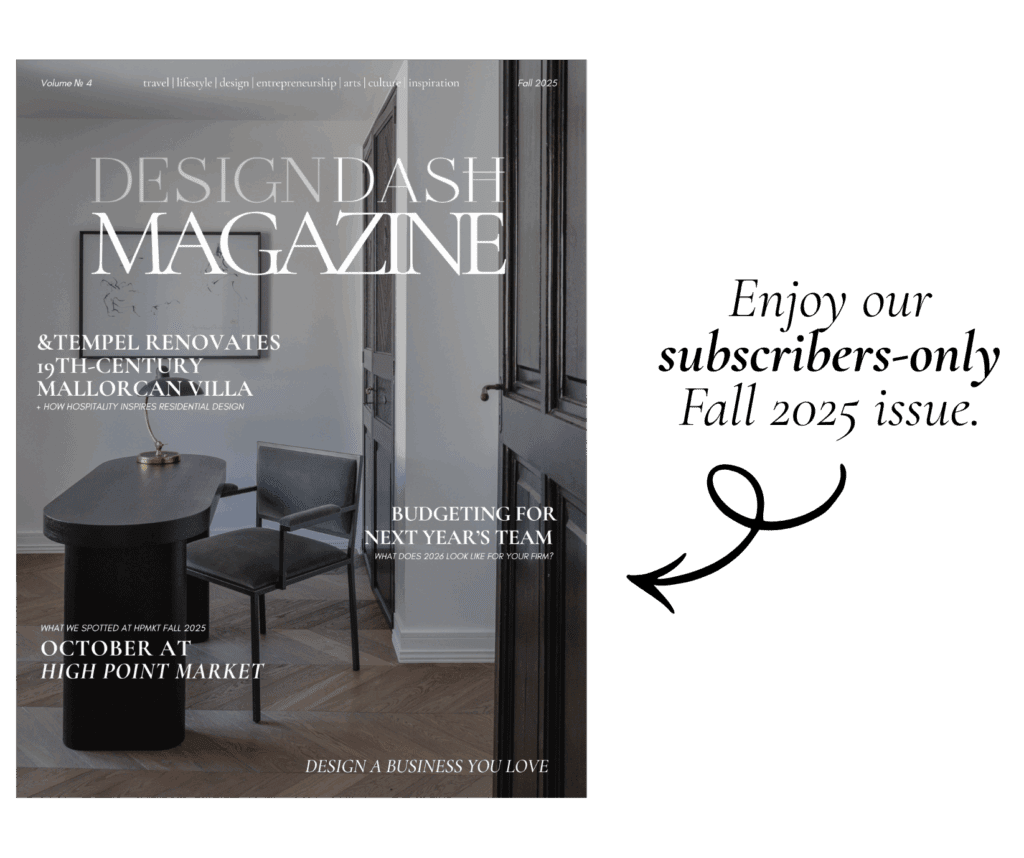
Contributors from Around the World
This largest exhibition of its kind in North America draws nearly 100 contributors from across the globe. Architecture studios, artists, collectives, and critics arrive from Lagos, Zurich, Santiago, Dhaka, and beyond. Their practices stretch from the speculative to the deeply situated.
Notables include MASS Design Group, Breathe Architecture, APPARATA, SO–IL, Objects of Common Interest, and the Chilean firm Plan Común. Their projects resist easy categorization—half-installation, half research, and sometimes wholly unclassifiable. Many blur the line between art and architecture, practice and pedagogy.
As the past decade has shown, the Biennial’s international visitors are engaging with the conditions of a city and a profession in transformation.
Why CAB Still Matters Professionally
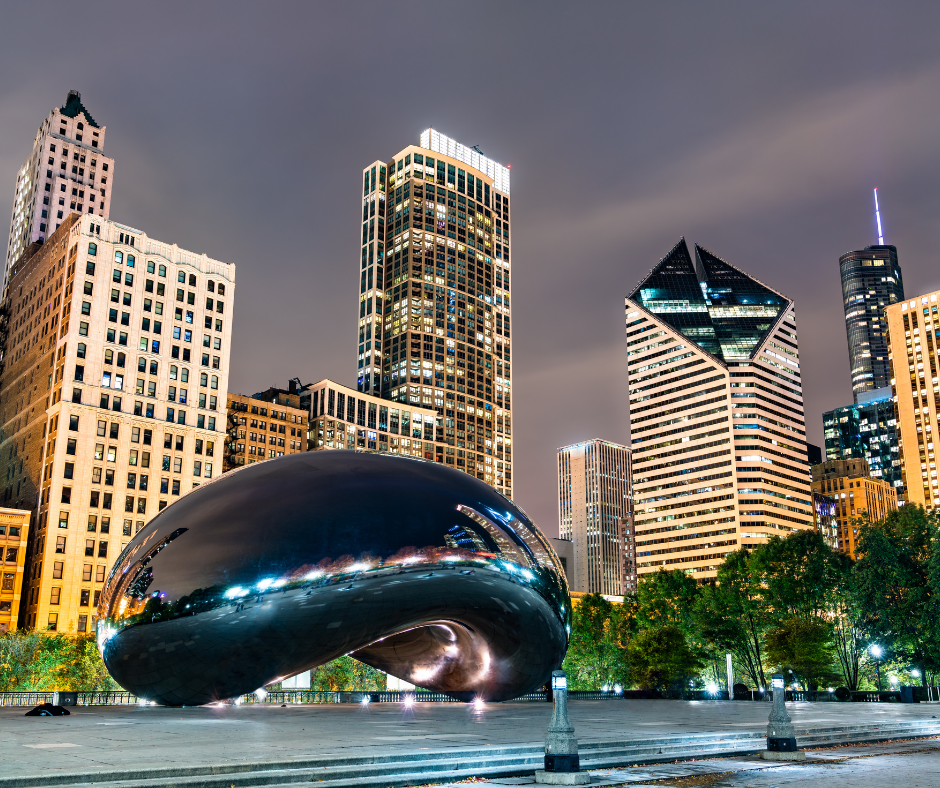
CAB isn’t a trade fair. But it’s become one of the most professionally consequential events in the architectural calendar. For firms, researchers, and independent designers, it’s a platform to test new frameworks, stake out new territory, and meet collaborators who don’t just share style—they share stakes.
Projects revealed here often live on in museums, publications, policy circles, and real-world commissions. In that sense, CAB is both amplifier and accelerant—especially for those working at the intersection of design and public service, housing justice, or climate resilience.
This is where other such stories begin: long-form, multidisciplinary, and too often missing from commercial design circuits.
Chicago as Subject, Not Just Host
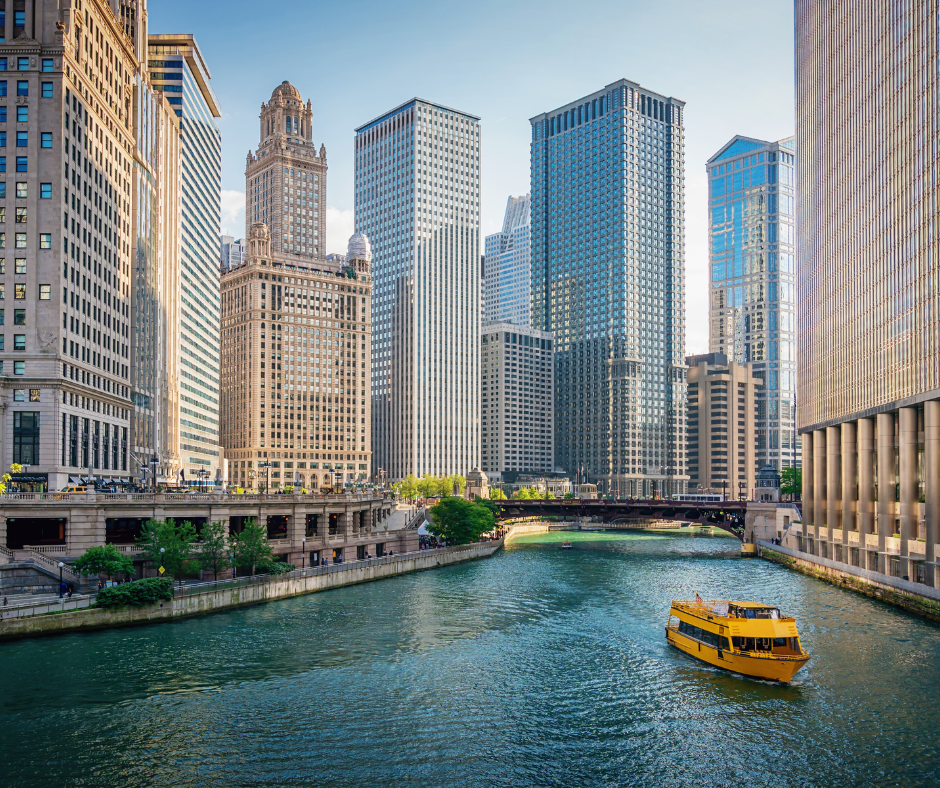
The Biennial doesn’t just take place in Chicago; it centers it. The city that birthed the skyscraper is still an active testing ground for spatial innovation and its limits. From the Prairie School to redlining, from the Chicago Cultural Center to the community land trust, the city remains both case study and cautionary tale.
CAB 6 insists that Chicago architecture is not fixed in time. By embedding projects in neighborhoods, the Biennial calls attention to what’s still at stake: land use, equity, and belonging.
Fuel your creative fire, thrive with support from peers, & make 2025 your firm’s best year yet!
JOIN THE DESIGNDASH COMMUNITY
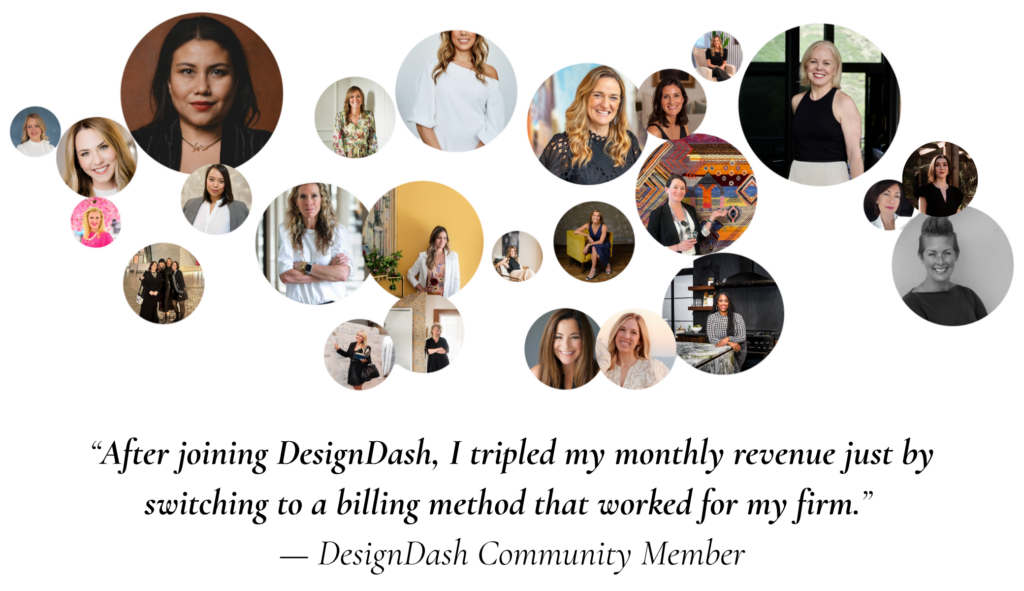
A Decade In, Still Evolving
Marking its tenth anniversary, the Chicago Architecture Biennial continues to be the most ambitious and inclusive survey of contemporary architecture in North America. But it’s not interested in celebrating itself. It’s more interested in what hasn’t changed—and what must.
Like Make New History (2017) or The Available City (2021), this sixth edition asks architecture to take a stand. Not with declarations, but with frameworks. Who gets to build? With what resources? Toward what future?
Rodriguez doesn’t offer closure. What she offers instead is a provocation: to hold onto these questions longer than we’re used to, and to imagine what happens if we start with them instead of solving for them.
DesignDash Comes to Design Chicago: Build Your Dream Team, October 8

While the Chicago Architecture Biennial is reshaping the conversation around global design, another major event just down the hall is helping interior designers reshape their studios. On October 8, 2025, during Design Chicago at the Merchandise Mart, DesignDash will host a hands-on workshop created specifically for residential designers who are ready to scale their businesses with intention.
Titled “Build Your Dream Team,” the full-day intensive is designed to help interior design principals get out of the weeds and into a more strategic leadership role. Co-founders Laura Umansky and Melissa Grove lead the program, which includes practical tools like a Salary + Fee Alignment Plan, Org Chart templates, and a hiring playbook tailored for firms of three to fifteen people.
Attendees will identify the right next hire, map accountability across roles, and develop onboarding strategies to build a resilient, profitable team. From job descriptions to bonus structures, the day offers a deep dive into the operational side of running a studio—without sacrificing creativity or freedom.
DesignDash’s programming is built around clarity and implementation. The workshop concludes with an optional follow-up call for community members, plus ongoing access to a private peer channel. It all takes place in the Worklife Meetings space on the second floor of the Mart, complete with a lunch demo from Monogram Appliances.
Whether you’re coming to Chicago for the Biennial, Design Chicago, or both—this is the moment to realign your firm around the work you actually want to be doing. Learn more here.
Written by the DesignDash Editorial Team
Our contributors include experienced designers, firm owners, design writers, and other industry professionals. If you’re interested in submitting your work or collaborating, please reach out to our Editor-in-Chief at editor@designdash.com.





